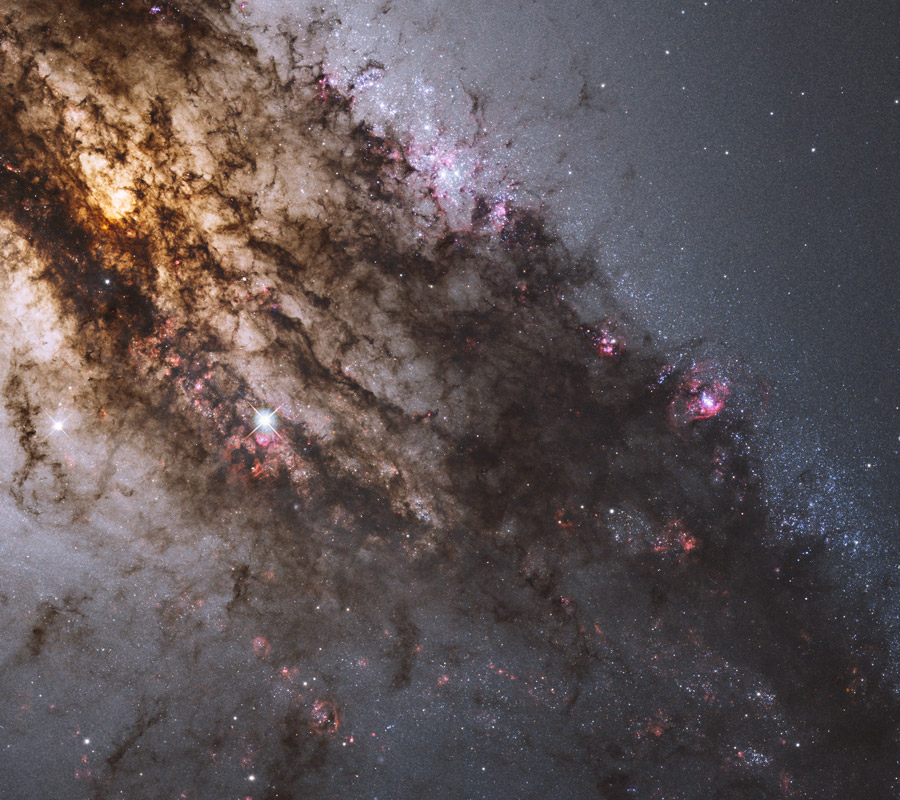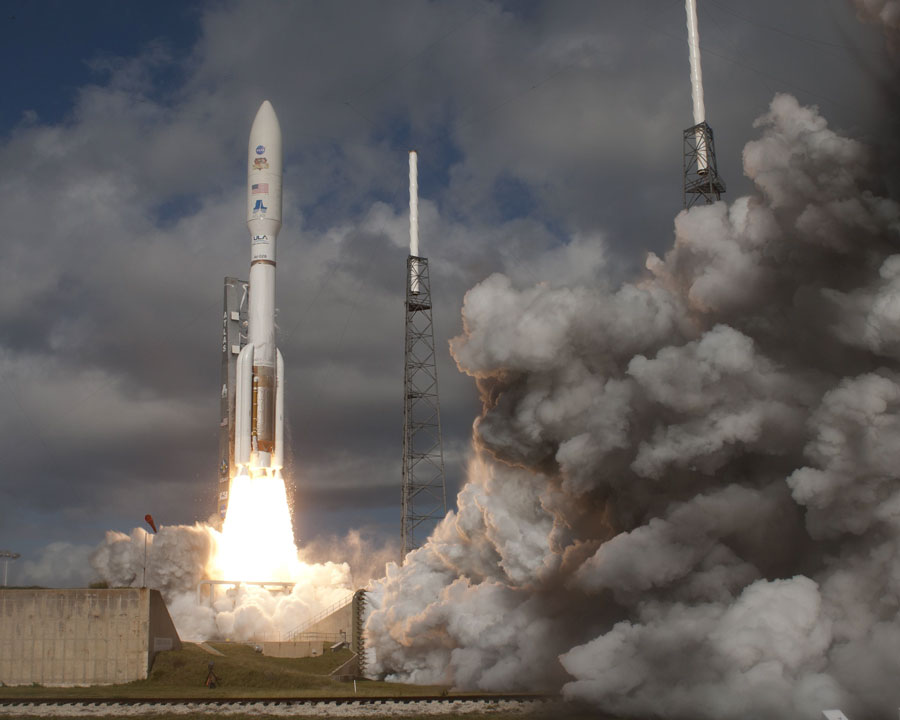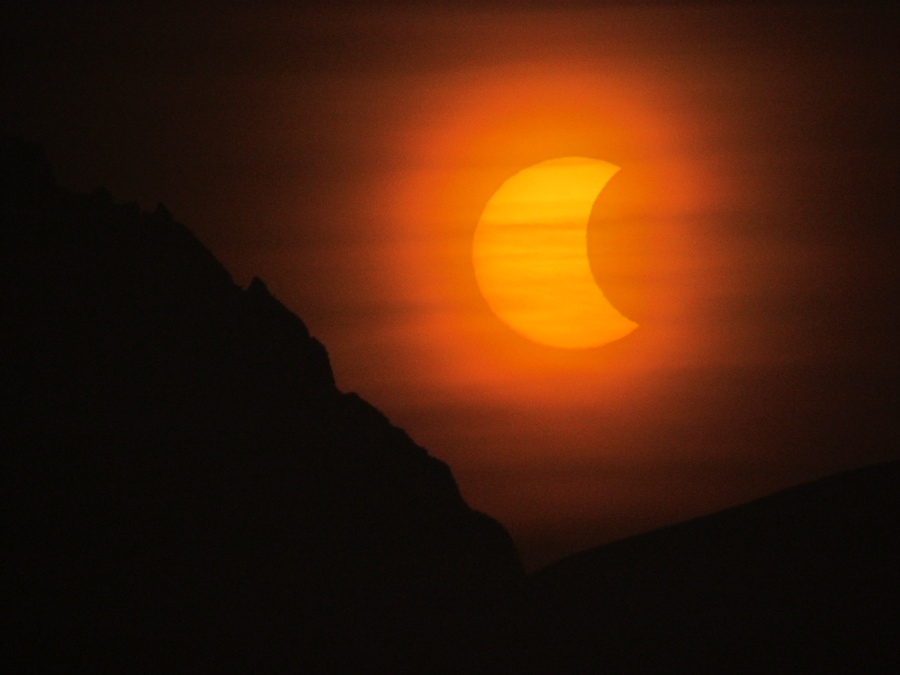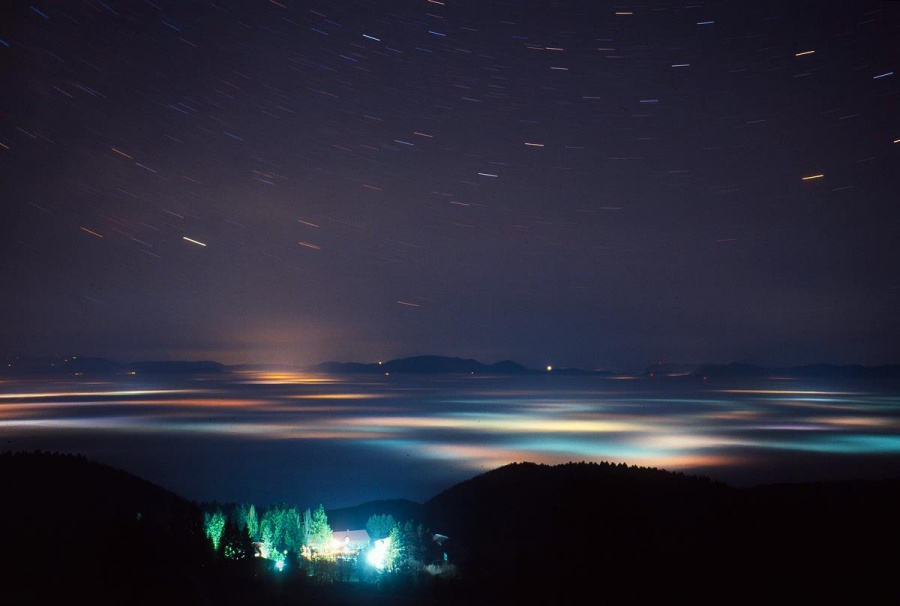Poll: Astronomy Picture of the Week for 2011 Nov 27-Dec 3
Posted: Mon Dec 05, 2011 10:13 am
_______________________________________________________________
Please vote for the TWO best Astronomy Pictures of the Day (image and text) of November 27-December 3, 2011.
(Repeated APODs are not included in the poll.)
All titles are clickable and link to the original APOD page.
We ask for your help in choosing an APOW as this helps Jerry and Robert create "year in APOD images" review lectures, create APOM and APOY polls that can be used to create a free PDF calendar at year's end, and provides feedback on which images and APODs were relatively well received. You can select two top images for the week.
We are very interested in why you selected the APODs you voted for, and enthusiastically welcome your telling us why by responding to this thread.
Thank you!
_______________________________________________________________
<- Previous week's poll
Asteroid Vesta is home to some of the most impressive cliffs in the Solar System. Pictured above near the image center is a very deep cliff running about 20 kilometers from top to bottom. The image was taken by the robotic Dawn spacecraft that began orbiting the 500-kilometer space rock earlier this year. The topography of the scarp and its surroundings indicates that huge landslides may have occurred down this slope. The scarp's origin remains unknown, but parts of the cliff face itself must be quite old as several craters have appeared in it since it was created. Dawn has now finished up its high altitude mapping survey and will spiral down to a lower altitude orbit to better explore the asteroid's gravitational field. During 2012, Dawn is scheduled to blast away from Vesta and begin a long journey to the only asteroid belt object known to be larger: Ceres.
A fantastic jumble of young blue star clusters, gigantic glowing gas clouds, and imposing dark dust lanes surrounds the central region of the active galaxy Centaurus A. This image from the Hubble Space Telescope has been processed to present a natural color picture of this cosmic maelstrom. Infrared images from the Hubble have also shown that hidden at the center of this activity are what seem to be disks of matter spiraling into a black hole with a billion times the mass of the Sun. Centaurus A itself is apparently the result of a collision of two galaxies and the left over debris is steadily being consumed by the black hole. Astronomers believe that such black hole central engines generate the radio, X-ray, and gamma-ray energy radiated by Centaurus A and other active galaxies. But for an active galaxy Centaurus A is close, a mere 10 million light-years away, and is a relatively convenient laboratory for exploring these powerful sources of energy.
Next stop: Mars. This past weekend the Mars Science Laboratory carrying the Curiosity Rover blasted off for the red planet atop an Atlas V rocket from Cape Canaveral, Florida, USA, as pictured above. At five times the size of the Opportunity rover currently operating on Mars, Curiosity is like a strange little car with six small wheels, a head-like camera mast, a rock crusher, a long robotic arm, and a plutonium power source. Curiosity is scheduled to land on Mars next August and start a two year mission to explore Gale crater, to help determine whether Mars could ever have supported life, and to help determine how humans might one day visit Earth's planetary neighbor.
Now appearing as planet Earth's evening star, brilliant Venus shines in western skies at twilight. Standing above a rugged horizon and warm sunset colors, the twilight's celestial beacon was joined last Saturday by a Moon 35 hours young in this gorgeous skyscape. The close pairing of Venus and Moon is known as a conjunction. Not visible in the frame, fleeting planet Mercury has fallen from evening skies, sinking deeper into the sunset glow below the young crescent Moon. The scene was captured while trekking in northern Portugal's Peneda-Geres National Park.
[/b] Last Friday, the fourth and final partial solar eclipse of 2011 was only visible from high latitudes in the southern hemisphere. If you missed it, check out this dramatic picture of the geocentric celestial event from a very high southern latitude on the continent of Antarctica. From a camera positioned at San Martín Station (Argentina) near the antarctic peninsula mountain range, the picture looks toward the south and east. The Sun and silhouetted lunar disk are seen through thin, low clouds. Perhaps fittingly, the mountainous slope in the foreground is part of the larger Roman Four Promontory, named for its craggy, snow covered face that resembles the Roman numeral IV. For 2011, there is actually one more eclipse to go, a total eclipse of the Moon. Parts of that eclipse be visible from most of planet Earth (but not Antarctica ...) on December 10.
A single, long exposure captured these star trails above a remarkably colorful sea of clouds. As seen from Medvednica mountain, the surrounding peaks and lights illuminating the clouds from below are north of Zagreb, Croatia. Near the center of the also colorful star trail arcs, the North Celestial Pole is off the upper right edge of the frame. Even though this is the age of the digital camera, the well composed skyscape was recorded using color slide film in a medium format camera. The dreamlike scene's starry sky and ephemeral ocean could be reminiscent of an older age still, when the Pannonian Sea covered this part of central Europe some 10 million years ago.
<- Previous week's poll
Please vote for the TWO best Astronomy Pictures of the Day (image and text) of November 27-December 3, 2011.
(Repeated APODs are not included in the poll.)
All titles are clickable and link to the original APOD page.
We ask for your help in choosing an APOW as this helps Jerry and Robert create "year in APOD images" review lectures, create APOM and APOY polls that can be used to create a free PDF calendar at year's end, and provides feedback on which images and APODs were relatively well received. You can select two top images for the week.
We are very interested in why you selected the APODs you voted for, and enthusiastically welcome your telling us why by responding to this thread.
Thank you!
_______________________________________________________________
<- Previous week's poll
Asteroid Vesta is home to some of the most impressive cliffs in the Solar System. Pictured above near the image center is a very deep cliff running about 20 kilometers from top to bottom. The image was taken by the robotic Dawn spacecraft that began orbiting the 500-kilometer space rock earlier this year. The topography of the scarp and its surroundings indicates that huge landslides may have occurred down this slope. The scarp's origin remains unknown, but parts of the cliff face itself must be quite old as several craters have appeared in it since it was created. Dawn has now finished up its high altitude mapping survey and will spiral down to a lower altitude orbit to better explore the asteroid's gravitational field. During 2012, Dawn is scheduled to blast away from Vesta and begin a long journey to the only asteroid belt object known to be larger: Ceres.
Next stop: Mars. This past weekend the Mars Science Laboratory carrying the Curiosity Rover blasted off for the red planet atop an Atlas V rocket from Cape Canaveral, Florida, USA, as pictured above. At five times the size of the Opportunity rover currently operating on Mars, Curiosity is like a strange little car with six small wheels, a head-like camera mast, a rock crusher, a long robotic arm, and a plutonium power source. Curiosity is scheduled to land on Mars next August and start a two year mission to explore Gale crater, to help determine whether Mars could ever have supported life, and to help determine how humans might one day visit Earth's planetary neighbor.
Now appearing as planet Earth's evening star, brilliant Venus shines in western skies at twilight. Standing above a rugged horizon and warm sunset colors, the twilight's celestial beacon was joined last Saturday by a Moon 35 hours young in this gorgeous skyscape. The close pairing of Venus and Moon is known as a conjunction. Not visible in the frame, fleeting planet Mercury has fallen from evening skies, sinking deeper into the sunset glow below the young crescent Moon. The scene was captured while trekking in northern Portugal's Peneda-Geres National Park.
[/b] Last Friday, the fourth and final partial solar eclipse of 2011 was only visible from high latitudes in the southern hemisphere. If you missed it, check out this dramatic picture of the geocentric celestial event from a very high southern latitude on the continent of Antarctica. From a camera positioned at San Martín Station (Argentina) near the antarctic peninsula mountain range, the picture looks toward the south and east. The Sun and silhouetted lunar disk are seen through thin, low clouds. Perhaps fittingly, the mountainous slope in the foreground is part of the larger Roman Four Promontory, named for its craggy, snow covered face that resembles the Roman numeral IV. For 2011, there is actually one more eclipse to go, a total eclipse of the Moon. Parts of that eclipse be visible from most of planet Earth (but not Antarctica ...) on December 10.
A single, long exposure captured these star trails above a remarkably colorful sea of clouds. As seen from Medvednica mountain, the surrounding peaks and lights illuminating the clouds from below are north of Zagreb, Croatia. Near the center of the also colorful star trail arcs, the North Celestial Pole is off the upper right edge of the frame. Even though this is the age of the digital camera, the well composed skyscape was recorded using color slide film in a medium format camera. The dreamlike scene's starry sky and ephemeral ocean could be reminiscent of an older age still, when the Pannonian Sea covered this part of central Europe some 10 million years ago.
<- Previous week's poll





